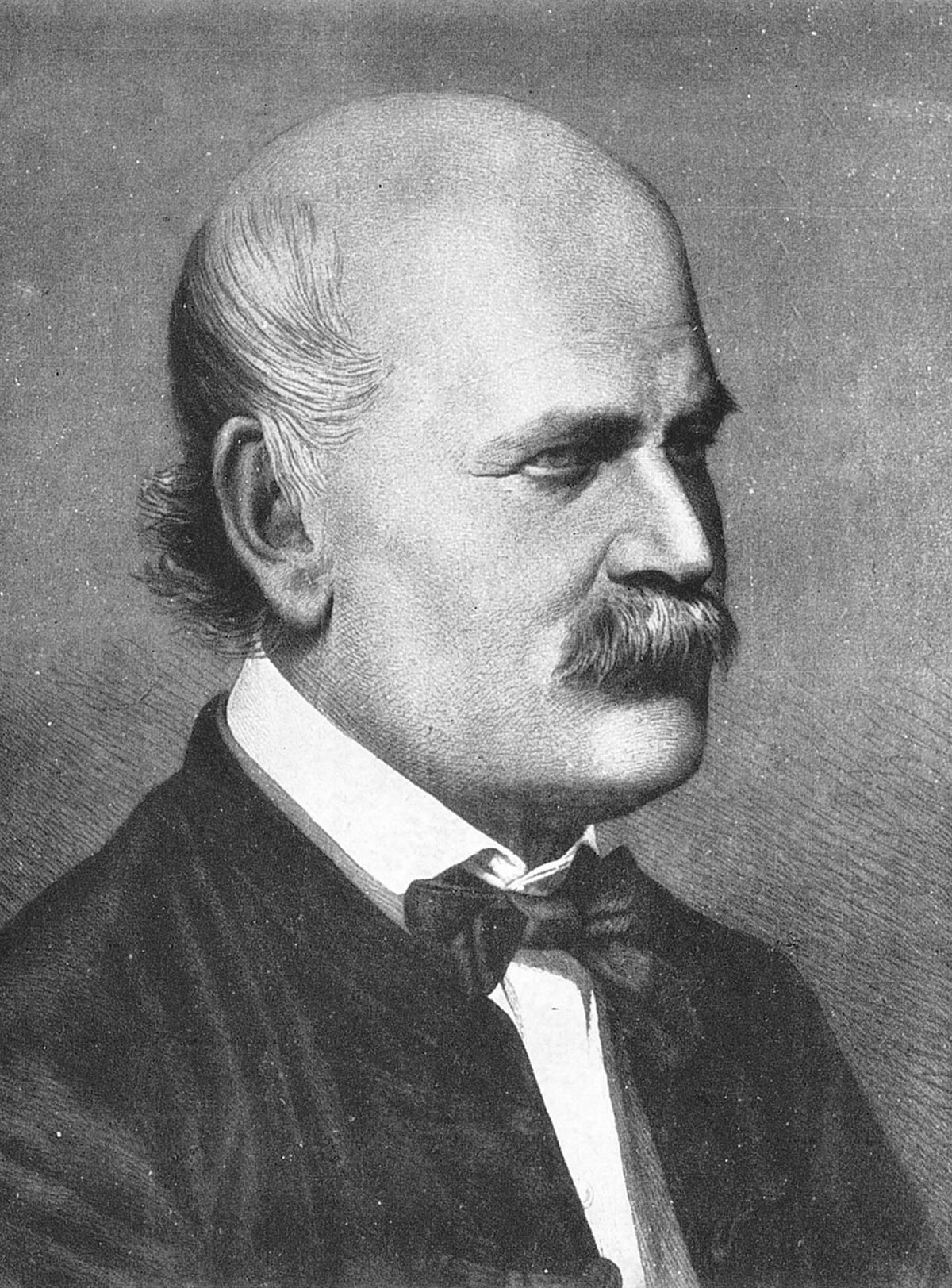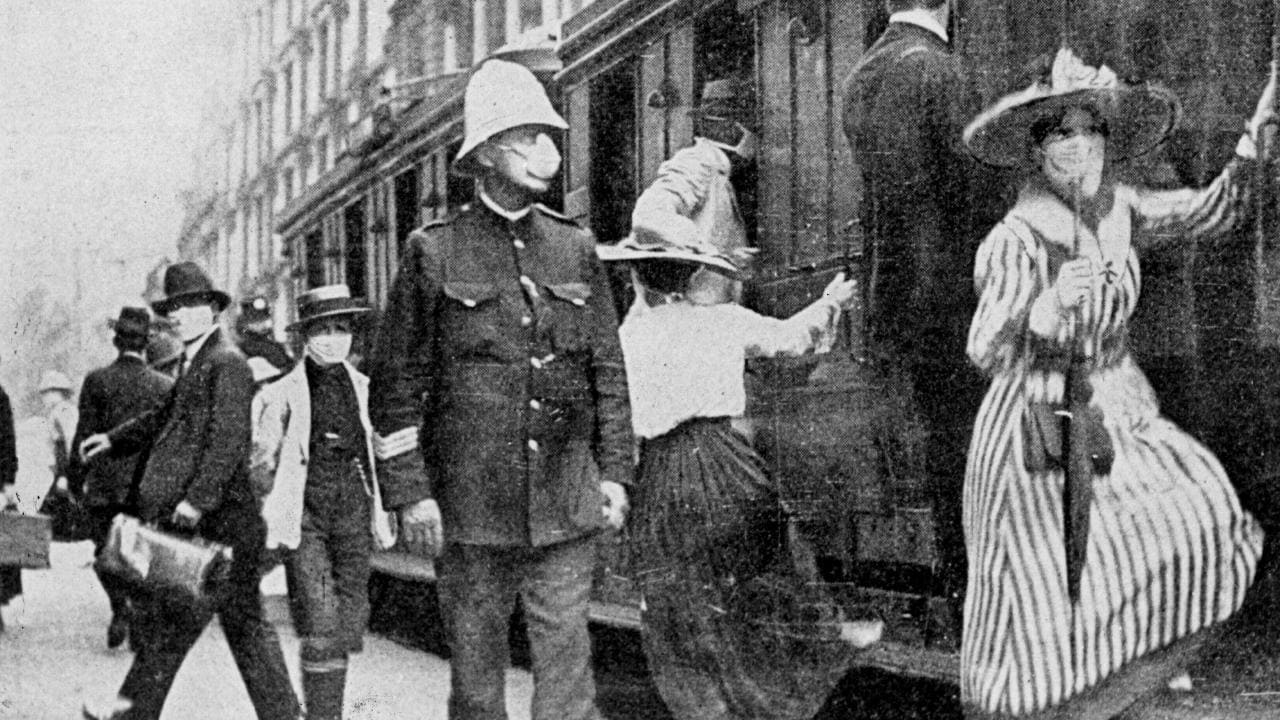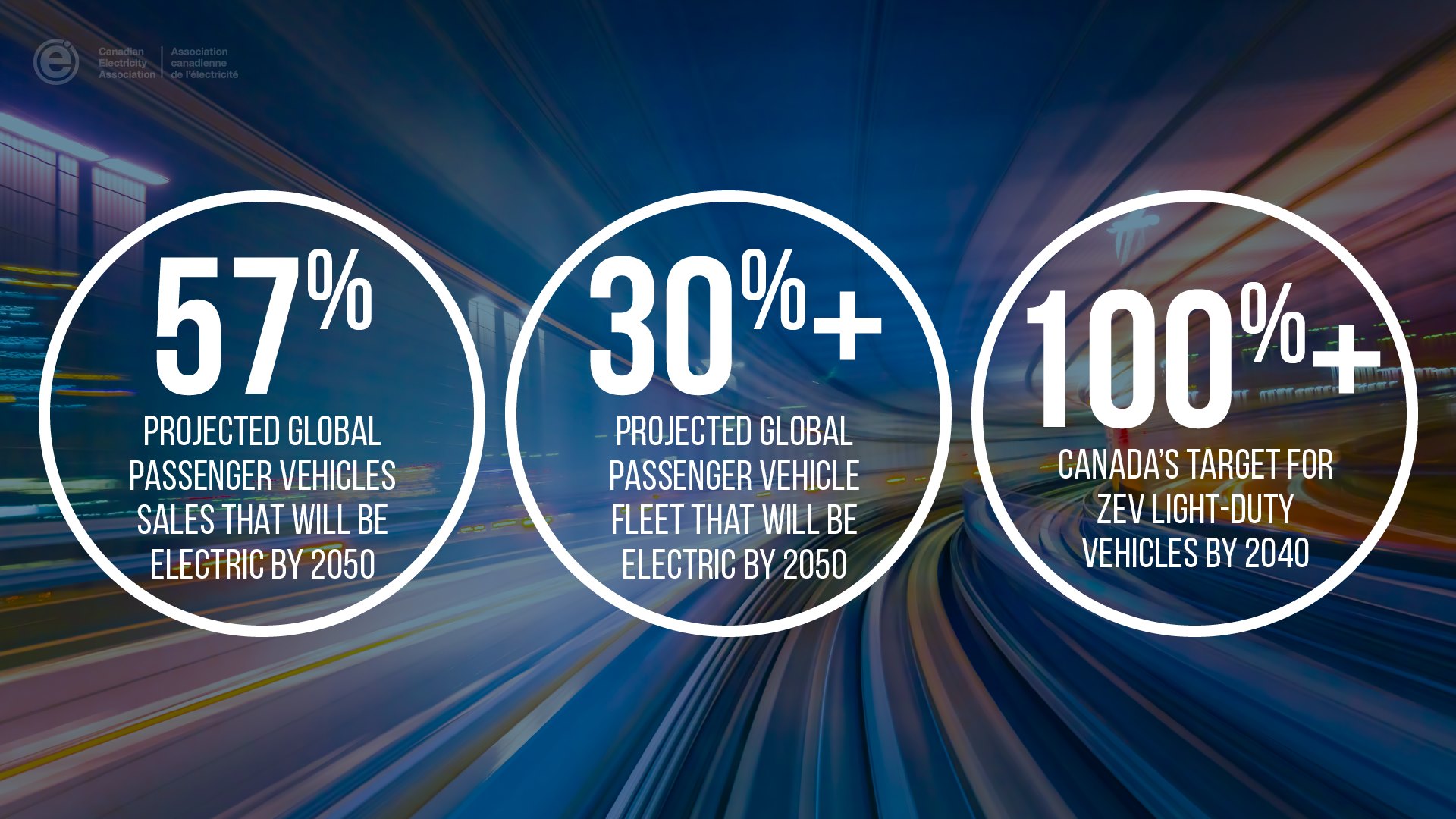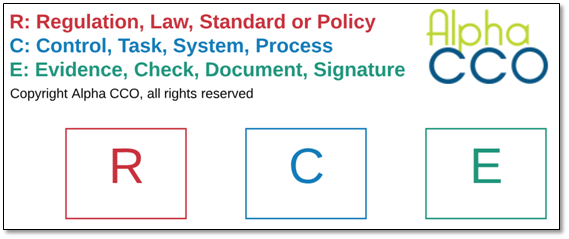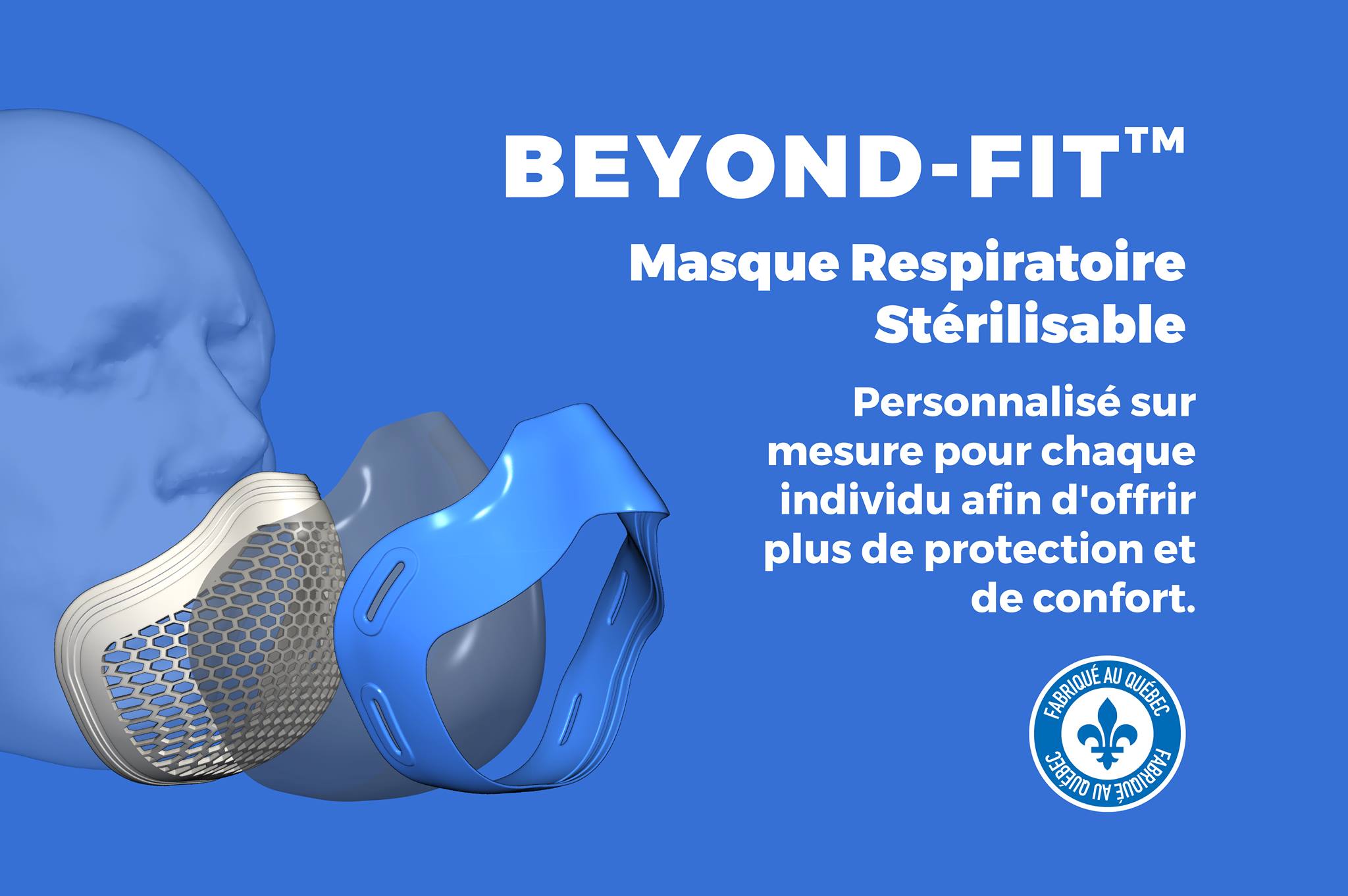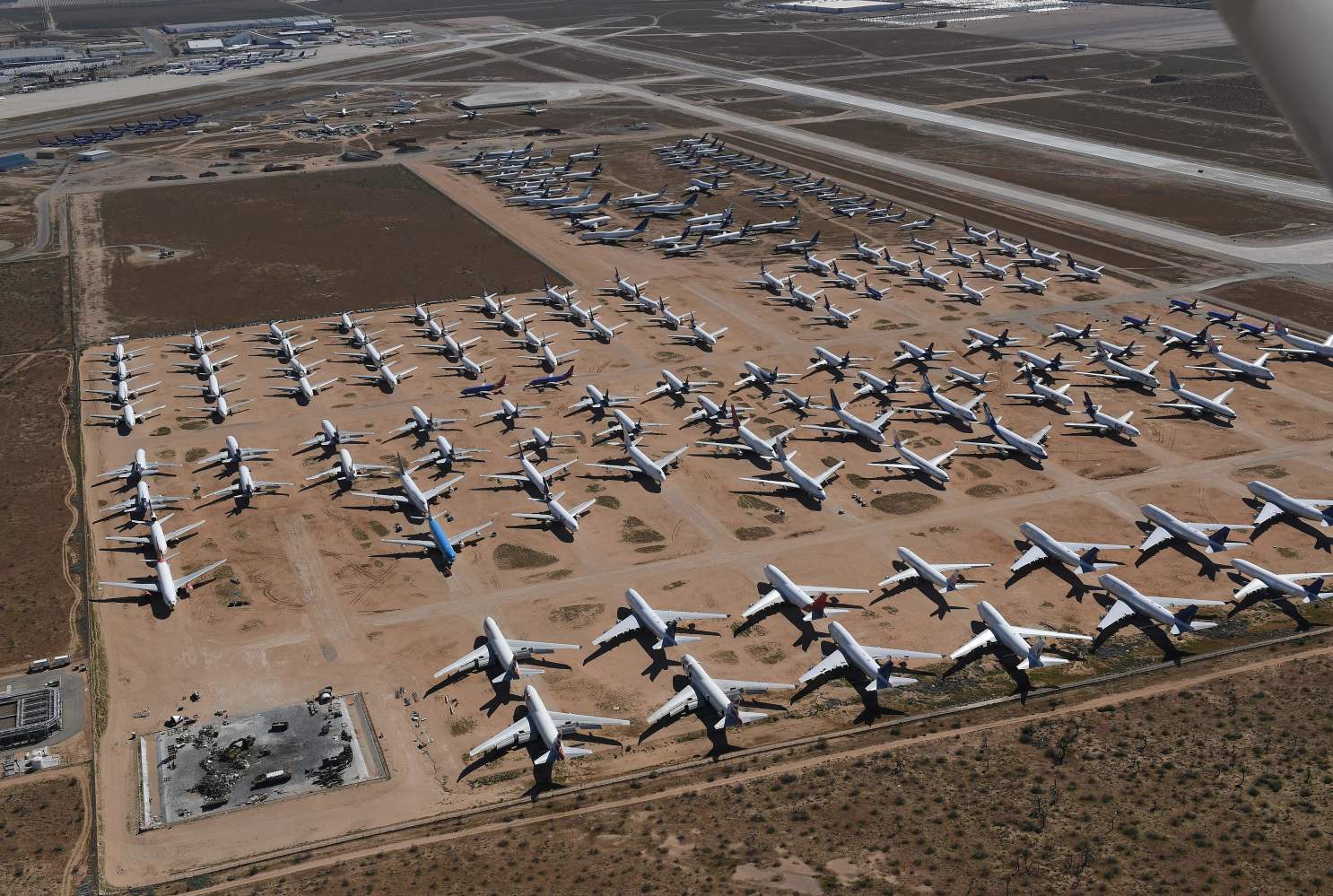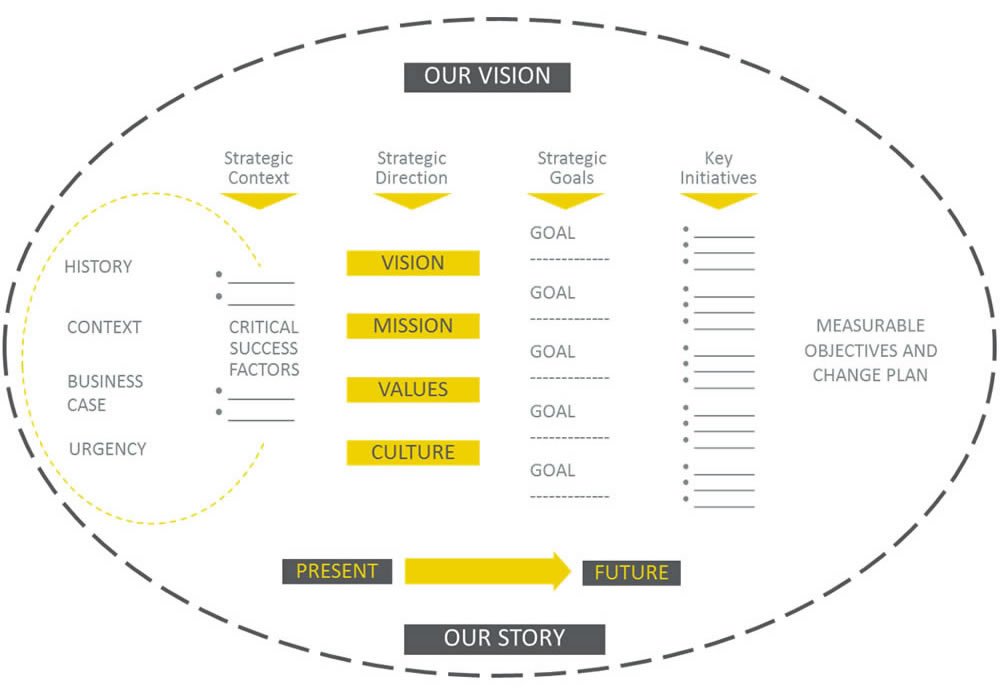These often-dramatic shifts in how the world works are likely to have an impact on every organization. We should watch, for example, to see…
How sectors adapt. Some sectors will be able to adapt better than others to the new circumstances. Principal among these is probably education, where distant learning, especially at graduate and adult level, is likely to become much more prevalent. Another example is the repurposing of manufacturing to produce for growth sectors such as healthcare as other sectors struggle
How governments respond. For example, the creation of “Health Corps” to reinforce organizations running care homes, disinfect mass-transit, and/or to do the contact tracing we’ll need for the next couple of years. Initiatives like this can provide socially valuable employment, similar to the “New Deal” programs of President Roosevelt in the Great Depression
How people view their careers. It seems likely that many of us will seek a more diversified career, viewing ourselves as our own small business, cultivating a portfolio of clients, and developing unique skills and capabilities. This will reduce employment risk in a rapidly changing world, much as a balanced investment portfolio minimizes financial risk
How organizations organize. It seems likely that the typical organization (neither scaling up nor struggling to survive) will be characterized by fewer people, less use of bricks and mortar, and more use of online platforms. Several of our clients are using a 60, 20, 20 rule-of-thumb against which to test their potential new organizational plans…
-
- 60% of team members would be core, the team to guard the organization’s ethos and values, ensure mission fulfilment, and drive strategy
- 20% of current complement would be replaced by technology, typically platform technologies or new technologies such as 3D printing, AI, robotics etc.
- 20% would be contractors working on a contingent basis, consultants, gig economy subcontractors, etc.
This complement would work in a blended environment, part physical and part virtual, deploying new tools as they are developed and distributing work: fewer people will need a central place of employment, so models like this are likely to reduce overhead.
These configurations will require more attention to what we’ve become used to over the past few months, more explicit procedures and performance measurement, and more structured communications and teambuilding for the virtual community.

